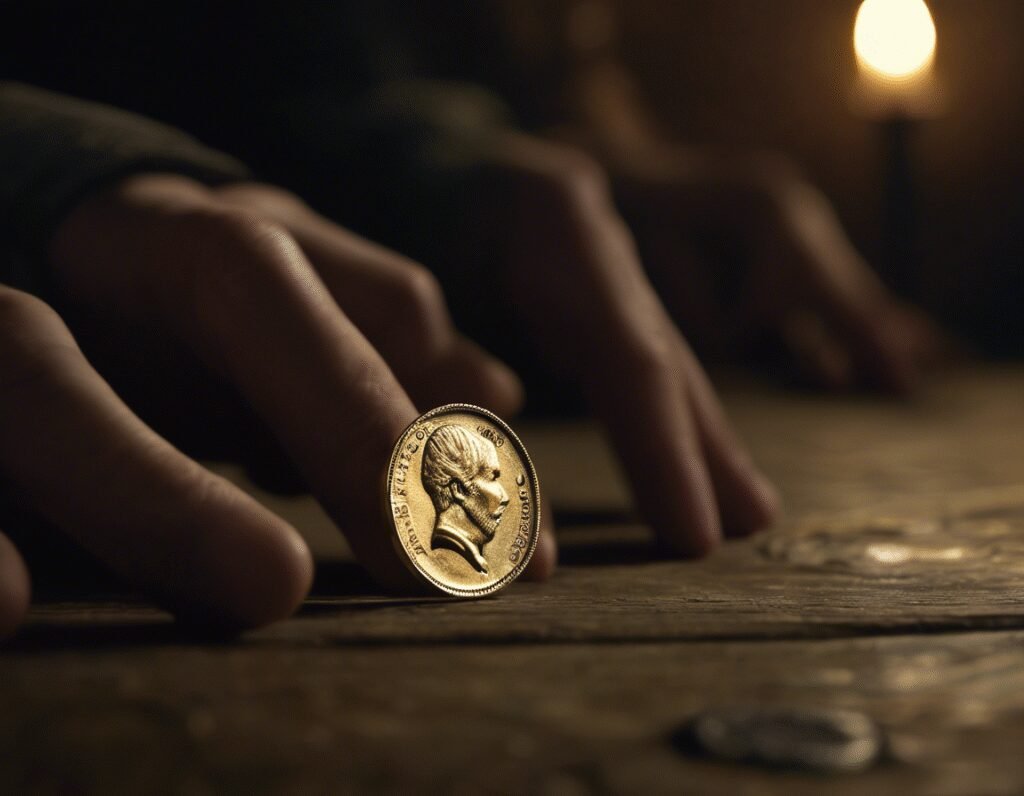Owning a Full Bitcoin in 2025 – Just How Rare Is It?
Fewer than one million people worldwide own a full Bitcoin. This represents less than 0.02% of the global population, making Bitcoin ownership an exclusive club. Even within the cryptocurrency space, the number of whole Bitcoin holders is surprisingly small.
Bitcoin’s fixed supply of 21 million coins ensures scarcity, but not all of these are in circulation. Many are lost, locked in long-term storage, or held by early adopters who refuse to sell. As institutional and retail interest grows, the competition for whole Bitcoin ownership intensifies.
The math is simple. If one million people each hold a single Bitcoin, that already accounts for nearly 5% of the total supply. Factor in large holders like whales, exchanges, and institutional investors, and the available supply shrinks further. For those who don’t own a full Bitcoin yet, accumulating one becomes increasingly difficult as prices rise.
Bitcoin’s halving events, which reduce mining rewards by half every four years, further tighten supply. With fewer new coins entering circulation, demand often outpaces availability. By 2025, the next halving will have taken place, potentially driving prices higher and making full Bitcoin ownership even more exclusive.
For the average investor, acquiring a whole Bitcoin may soon be out of reach. Dollar-cost averaging and fractional ownership offer alternatives, but the prestige of holding a full coin remains unmatched. As adoption grows, those who secured a full Bitcoin early may find themselves in an elite minority.
The question isn’t just about rarity—it’s about opportunity. With Bitcoin’s finite supply and growing demand, the window to own a full coin narrows each year. Whether as a store of value or a long-term investment, Bitcoin’s scarcity ensures its status as digital gold. Those who hold even one may be part of a select group for years to come.


